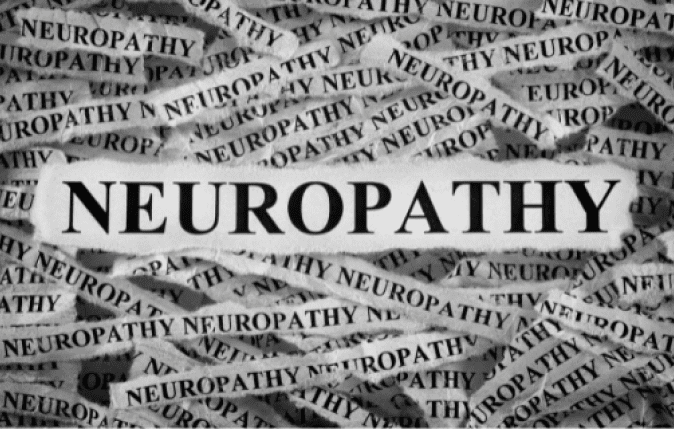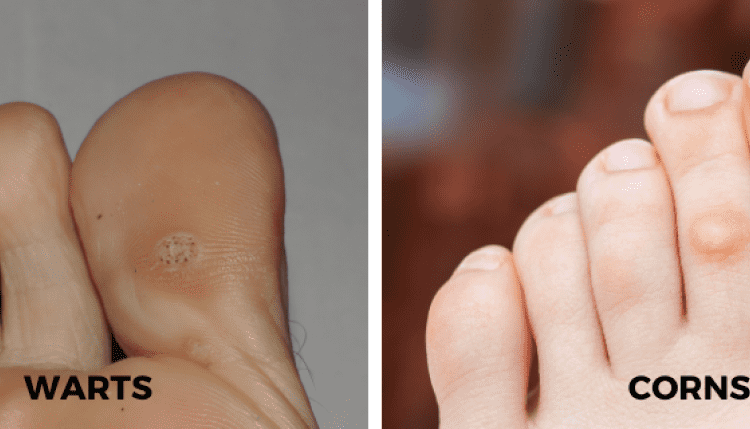Save or Say Goodbye: The Secrets to Choosing Between Tooth Fillings and Extraction
Determining whether a tooth should be filled or extracted depends on several factors, including the tooth’s condition, the patient’s oral health, and the dentist’s professional judgment. Both options have their own implications, and the choice should be made carefully. Here are the key factors to consider:
- Tooth Decay Severity:
- Fillings: If the tooth decay is in its early stages and hasn’t caused extensive damage, a dental filling is often the preferred treatment. The dentist will remove the decayed portion of the tooth and replace it with a filling material (such as amalgam or composite resin) to restore its structure and function.
- Extraction: If the decay has progressed to the point where it has severely weakened the tooth’s structure, making it difficult to support a filling, extraction may be necessary.
- Tooth Fracture or Damage:
- Fillings: Minor chips or cracks in a tooth can often be repaired with a filling. The filling helps restore the tooth’s shape, prevent further damage, and maintain its functionality.
- Extraction: Severe fractures, especially when they extend below the gumline, may necessitate extraction. In some cases, root canal therapy followed by a crown can save a severely damaged tooth.
- Gum Disease:
- Fillings: If the tooth decay is limited to the crown of the tooth and doesn’t involve the tooth’s root or surrounding bone, a filling may be a suitable choice.
- Extraction: Advanced gum disease that has affected the supporting structures of the tooth (bone and ligaments) may necessitate extraction, especially if the tooth is loose or mobile.
- Orthodontic Considerations:
- Fillings: In some cases, orthodontic treatment may require the removal of specific teeth to make space for proper alignment. In such situations, extraction is chosen strategically.
- Extraction: Teeth may be extracted to address crowding issues, allowing for orthodontic treatments like braces or Invisalign to be more effective.
- Patient’s Overall Oral Health:
- Fillings: Preserving natural teeth is generally preferable for oral health. Fillings allow patients to maintain their natural dentition, which aids in proper chewing and speaking.
- Extraction: Sometimes, the overall oral health of a patient, such as the presence of numerous decayed or infected teeth, may lead to the decision to extract one or more teeth for the sake of the patient’s overall well-being.
Implications of Each Choice:
- Fillings:
- Preservation of Natural Teeth: Fillings help maintain natural teeth, which is generally ideal for oral health and overall function.
- Cost-Effective: Fillings are often less expensive than extraction followed by replacement options like dental implants or bridges.
- Minimal Recovery Time: Patients usually experience minimal discomfort and a quick recovery after a filling procedure.
- Extraction:
- Tooth Loss: Extraction leads to the loss of a natural tooth, which can impact aesthetics, chewing ability, and speech.
- Replacement Needed: In most cases, an extracted tooth will need to be replaced with options like dental implants, bridges, or dentures, which can be costlier and time-consuming.
- Potential for Complications: Extraction can sometimes lead to complications such as infection, dry socket, or bone loss, which need additional management.
In summary, the choice between tooth fillings and extraction depends on the specific circumstances, the severity of the dental issue, and the patient’s overall oral health. Dentists will consider these factors to determine the most suitable treatment option that balances preserving natural teeth with ensuring the patient’s oral health and well-being.










